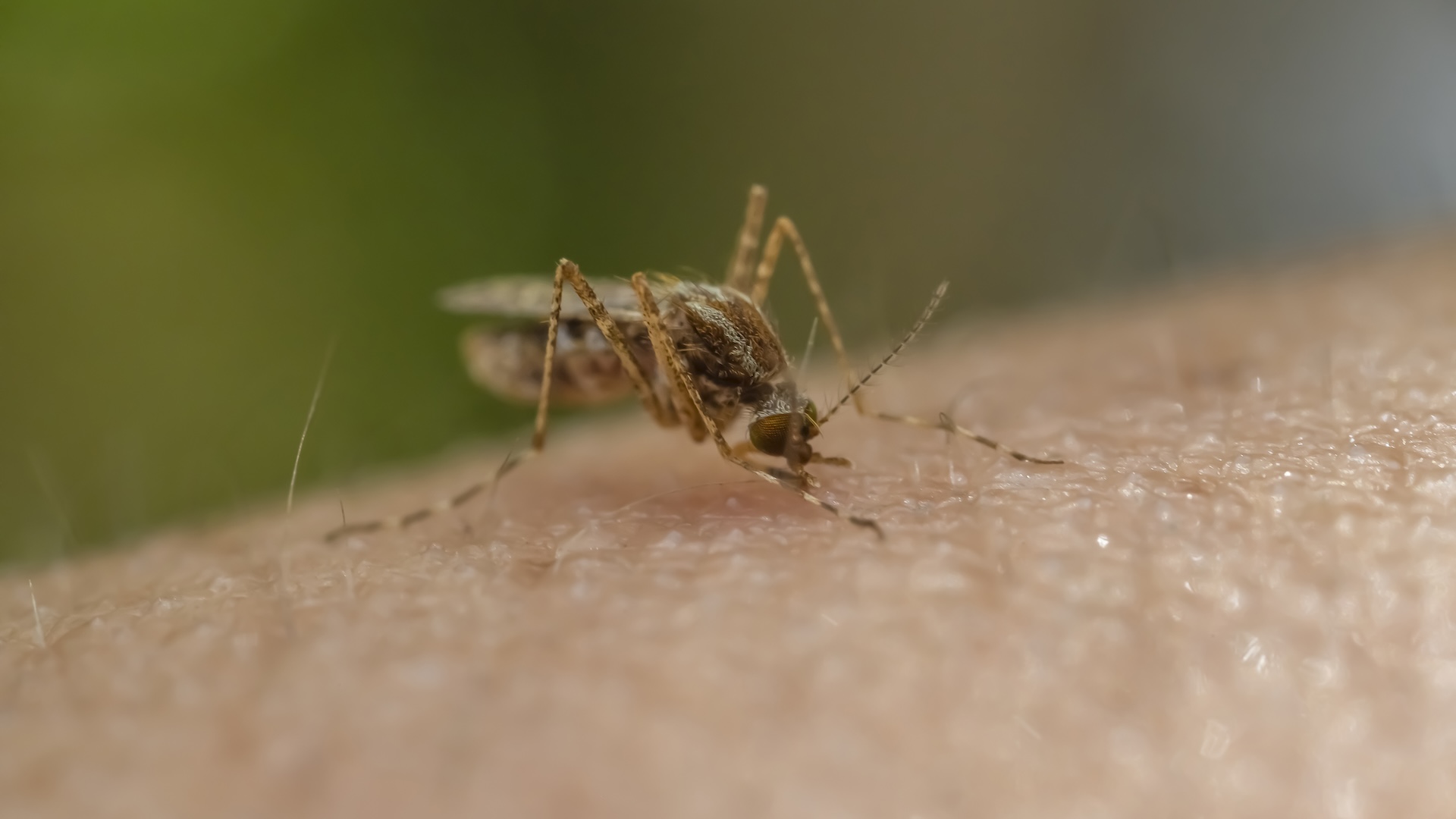Early this month, health officials in the Democratic Republic of the Congo reported that an unknown, flu-like illness had killed dozens in the country within a few months. The World Health Organization (WHO) investigated, alongside local authorities.
Finally, on Tuesday (Dec. 17), the cause of the sicknesses was announced: severe malaria potentially complicated by malnutrition. Reuters covered the news, citing a statement from the Congo’s health ministry that read, “The mystery has finally been solved.” At the time, the case count was 592, with the earliest cases occurring in October.
But then, on Dec. 19, a man in the affected region died with symptoms of hemorrhagic fever, the Associated Press (AP) reported. This type of disease is typically caused by viruses — hinting that malaria and malnutrition might not be the only culprits.
As it stands, 37 deaths tied to the “mystery illness” have been confirmed in health care facilities, and additionally, 44 deaths documented in communities remain under investigation, the AP reported. Earlier estimates of the death toll ranged from 67 to 143.
Live Science spoke with experts about why the drivers behind these mystery illnesses have been so tricky to pin down.
“It’s very difficult to say,” said Benjamin Mordmüller, leader of the experimental medical parasitology group at Radboud University Medical Center in the Netherlands. “It could be many things.”
Related: DNA from dozens of human skeletons unravels history of malaria
Challenges to diagnosis
The Congo has a high incidence of malaria, a parasitic disease spread by mosquitoes. In 2022, the most recent year with data, the country reported over 27 million infections and over 24,000 deaths from the disease. For context, across all of Africa that year, there were 233 million malaria infections and 580,000 deaths.
Although malaria is endemic to the Congo, pinpointing the disease as a culprit in the unfolding situation is a complicated task.
“It is very difficult to attribute a disease like this to malaria,” said Mordmüller, who has conducted malaria research and vaccine trials in various countries, including Gabon and the Republic of Congo. “In this region, also at this time of the year, many children will have malaria parasites in the blood.” On Dec. 10, WHO Director-General Dr. Tedros Adhanom Ghebreyesus noted that most of the cases and deaths have affected children under 14.
Dr. Matthew Ippolito, an associate professor of medicine at the Johns Hopkins Malaria Research Institute, works in neighboring Zambia and noted that, at any given time, about 50% of the people in areas like this are walking around with malaria parasites in their blood.
“But that doesn’t mean that they have the symptoms,” Mordmüller added. In places where malaria is very common, many people may not show symptoms because they have some level of existing immunity. “So they could have something else, plus parasites in the blood.”
To confirm an illness is driven by malaria, you need diagnostic tests to rule out other causes. Clinically, Mordmüller said, symptomatic malaria can look a lot like other diseases, such as the flu — causing fever, headache, fatigue and chills early on. These nondescript symptoms make tests all the more important.
But as the WHO noted, “there is no functional laboratory in the health zone or province, requiring the collection and shipment of samples to Kinshasa [the nation’s capital] for analysis.”
The illnesses are happening in the remote Panzi health zone, located within the Kwango province in southwestern Congo. Reaching this rural area from Kinshasa takes 48 hours by road, and at this time of year, the rainy season makes the journey more difficult. Rain also boosts the number of malaria cases by increasing the number of suitable habitats for mosquitoes to lay eggs, Mordmüller added.

Complicated cases
The illnesses have been associated with coughs and runny noses; coughs are sometimes seen in malaria, but not typically runny noses. That said, “malaria can predispose you to other infections,” since it strains the immune system’s resources, Ippolito told Live Science. So the runny noses may stem from another disease, such as influenza.
In the deadly cases, difficulty breathing and acute malnutrition have often been observed.
Severe malaria is sometimes associated with “respiratory distress,” but it’s not always easy to identify the cause in places where even routine lab tests are not readily available, Ippolito said. The belabored breathing may stem from having too much acid in the blood, due to effects of the malaria parasites, or the parasites may be directly injuring lung tissue, he said.
The interaction of malnutrition with malaria is poorly understood, both Mordmüller and Ippolito said. Some studies suggest malnutrition may amplify malaria’s effects, while others suggest it suppresses the symptoms. “You’re not only starving the person, but you’re starving the parasite as well, in a sense,” Ippolito explained. So it’s complicated.
The Kwango province’s food insecurity worsened between spring and fall of 2024, the WHO noted. Also this year, much of southern Africa, including the Congo, experienced long dry spells, likely tied to climate change, CNN reported. Ippolito wondered how the droughts factor into the current malnutrition.
What can be done now?
Diagnostic tests and medications are now being transported to the Panzi health zone. Factors like limited mobile phone and internet network coverage complicate this effort. But assuming at least some of the diseases are caused by malaria, the medicines being deployed should help, Mordmüller said.
Given the case of hemorrhagic fever, though, a yet-unidentified virus may be another factor to contend with.
In last week’s address, the WHO Director-General said, “It’s possible that more than one disease is involved.” Mordmüller and Ippolito echoed similar sentiments. Ultimately, time will tell what the full story is.









Leave a Comment